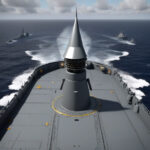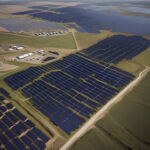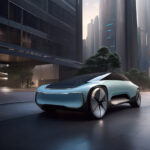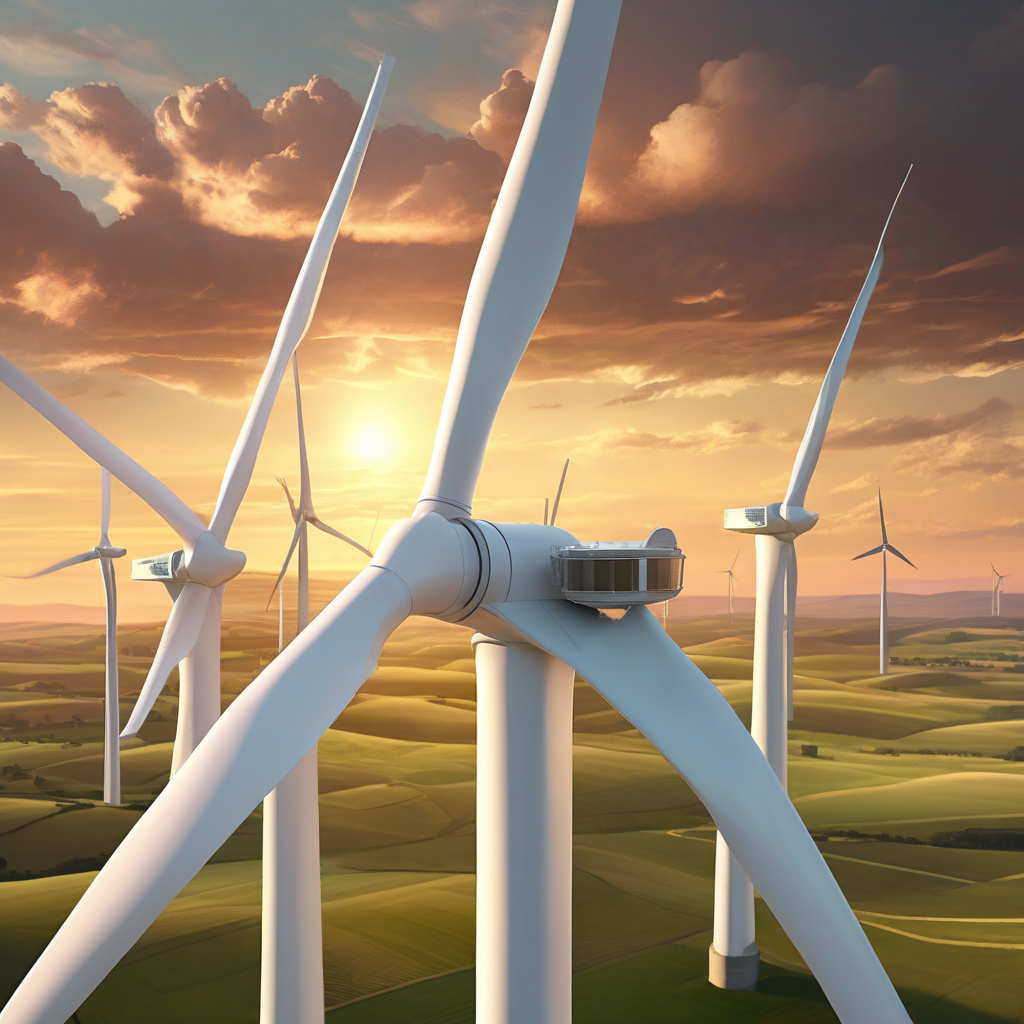Plot Twist: The Rise of the Two-Bladed Wind Turbine and What Changed
For most of the modern wind era, the graceful, three-bladed rotor has been considered the pinnacle of wind turbine design, dominating the landscape with its efficiency and reliability. However, a new player has emerged in the wind energy industry, challenging the status quo and turning heads with its unconventional approach – the two-bladed wind turbine.
Traditionally, three-bladed wind turbines have been the preferred choice due to their stability and performance. The even distribution of weight across three blades helps reduce fatigue on the structure, resulting in a longer lifespan and lower maintenance costs. Additionally, the three-bladed design has been optimized over the years, making it a well-established and trusted technology in the renewable energy sector.
So, what has changed to make the two-bladed wind turbine a viable alternative today? The answer lies in technological advancements and innovative engineering solutions that have addressed the limitations of the past. One of the key factors contributing to the newfound success of two-bladed turbines is the use of advanced materials such as carbon fiber and composites, which offer high strength-to-weight ratios and enhanced durability.
Moreover, improvements in aerodynamics and blade design have optimized the performance of two-bladed turbines, increasing their efficiency and energy output. By reducing the number of blades from three to two, manufacturers have been able to achieve higher rotational speeds and better adapt to a wider range of wind conditions, ultimately improving overall energy production.
Another significant factor driving the adoption of two-bladed wind turbines is cost-effectiveness. With fewer components and simpler installation processes, two-bladed turbines offer lower upfront costs and faster deployment, making them an attractive option for developers looking to maximize their return on investment in wind energy projects.
Furthermore, the compact design of two-bladed turbines allows for easier transportation and installation in remote or offshore locations, where space and logistical constraints may pose challenges for traditional three-bladed systems. This versatility opens up new possibilities for wind energy generation in areas that were previously deemed unsuitable or inaccessible.
Despite these advancements and benefits, it is important to acknowledge that two-bladed wind turbines are not without their drawbacks. One of the main concerns is the potential for increased vibrations and noise due to the asymmetrical nature of the rotor. However, ongoing research and development efforts are focused on mitigating these issues through innovative solutions and design modifications.
In conclusion, the resurgence of the two-bladed wind turbine represents a significant shift in the wind energy landscape, showcasing the industry’s capacity for innovation and adaptation. With technological advancements, improved performance, and cost-effective solutions, two-bladed turbines are proving to be a viable and competitive alternative to their three-bladed counterparts. As the demand for clean and sustainable energy continues to grow, the rise of the two-bladed wind turbine signals a promising future for renewable energy generation worldwide.
wind turbine, renewable energy, innovation, technology, sustainability.












